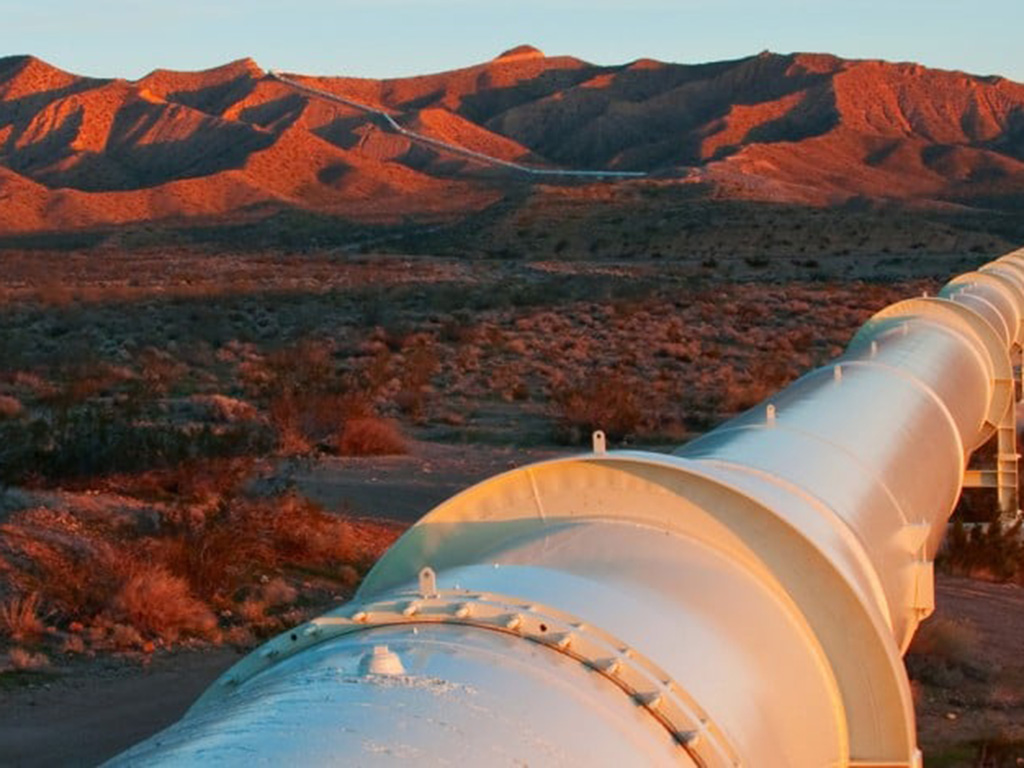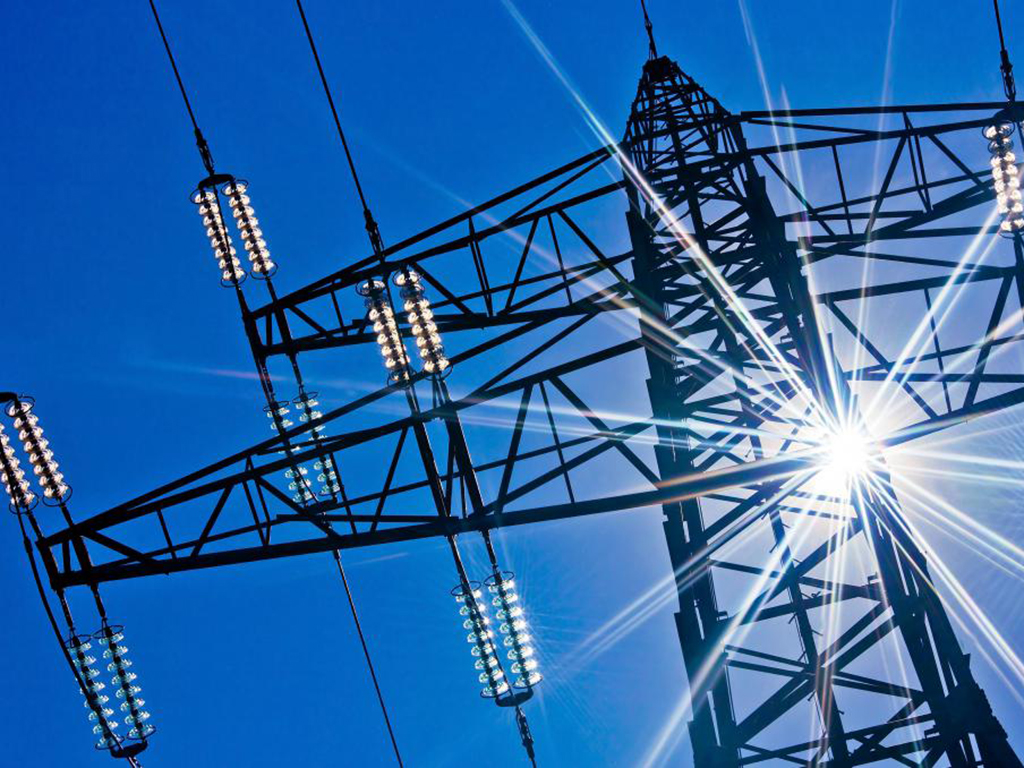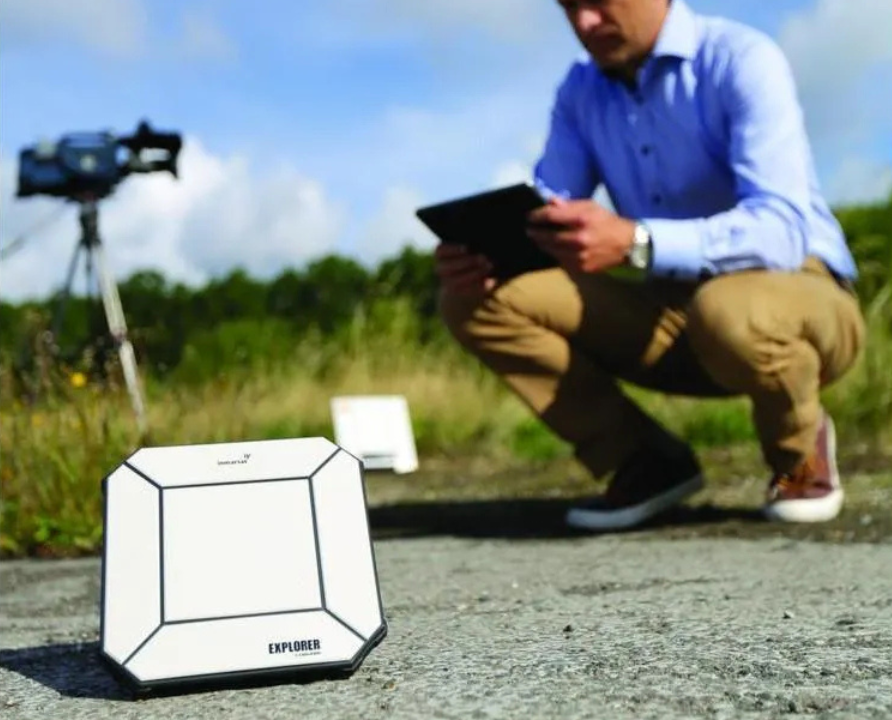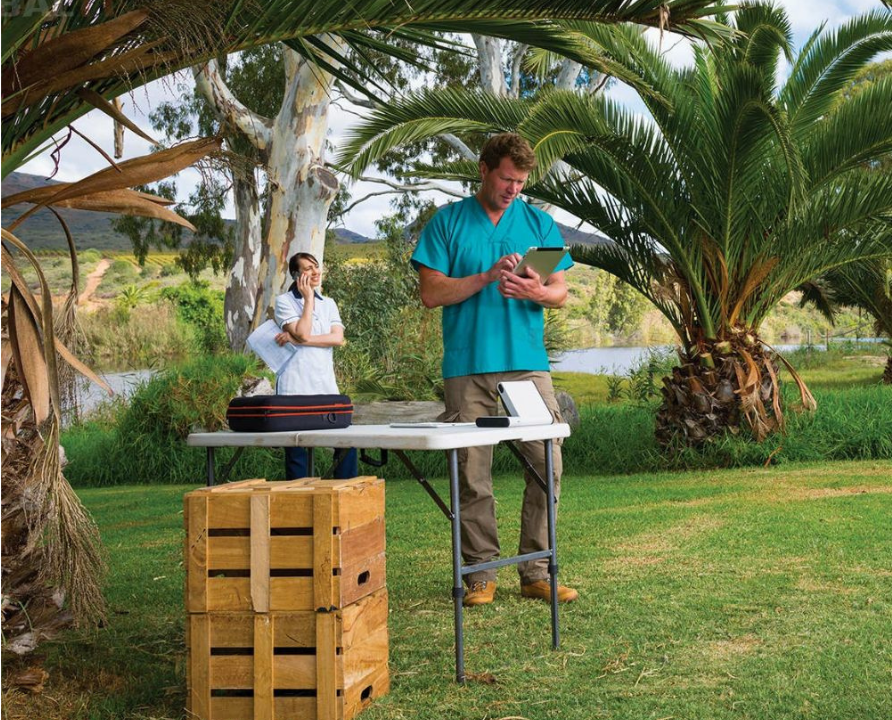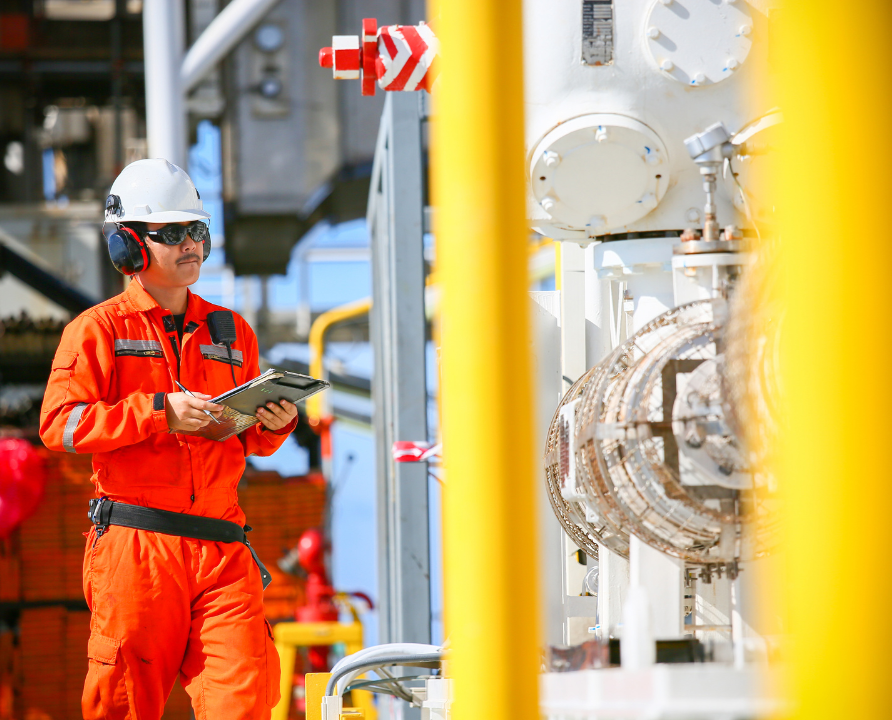This solution is comprised of market leading wireless artificial lift sensors from Inmarsat’s partners, backhauled by Inmarsat IsatData Pro or BGAN M2M on our ELERA L-band network. ELERA provides military-grade safety and security and is the most reliable satellite network available. Its robust capabilities operate even in adverse weather conditions, such as heavy rain, where other satcom networks may struggle.
Artificial lift solutions like this one are typically used by oilfield services companies operating over large land areas, who require secure data collection, transmission, evaluation and interpretation to optimise the performance of artificial lift systems in real time to prevent failures or shutdowns.
Typical benefits to a service company using this system to optimise artificial lift decisions would include:
- Reducing unplanned downtime: Aging assets are more prone to expensive downtime due to wear and tear and local environmental conditions. Unplanned downtime can cost, on average, more than US $250,000/hour, with some companies reporting an average cost of more than US $25,000/minute in lost revenue.1
- Reduced time and cost of monitoring artificial lifts: Remote artificial lift monitoring reduces the need for a lone worker (or team) to visit a field to monitor conditions. In a typical scenario this could easily amount to savings of between US $500 and US $40,000 depending on the artificial lift location, crew size and type of trip.2
- Reducing environmental impact and the resulting fines: Fines for environmental offences imposed by regulators cost the industry significant sums. For instance, the average fine for an environmental breach in the United States in 2021 was US $1,157,006 million. So, using satellite IoT to monitor and predictively maintain artificial lifts, not only protects the environment, but it can also save over a million dollars on average for each accident averted.3
Solution features
- Provides the ability to remotely diagnose artificial lift data in real time.
- Overcomes the connectivity divide: sensors can be deployed to artificial lift sites with unreliable or non-existent terrestrial connectivity.
- Fully optimised IoT gateway for use with satellite and artificial lift monitoring sensors keeps system costs low.
- Quick and easy to deploy, with compact form factor.
- Self-powered: solar panels ensure no dependency on mains power, providing complete freedom when selecting an installation site.
- Built to withstand the toughest natural environments, with a proven track record of deployment in extreme conditions.

